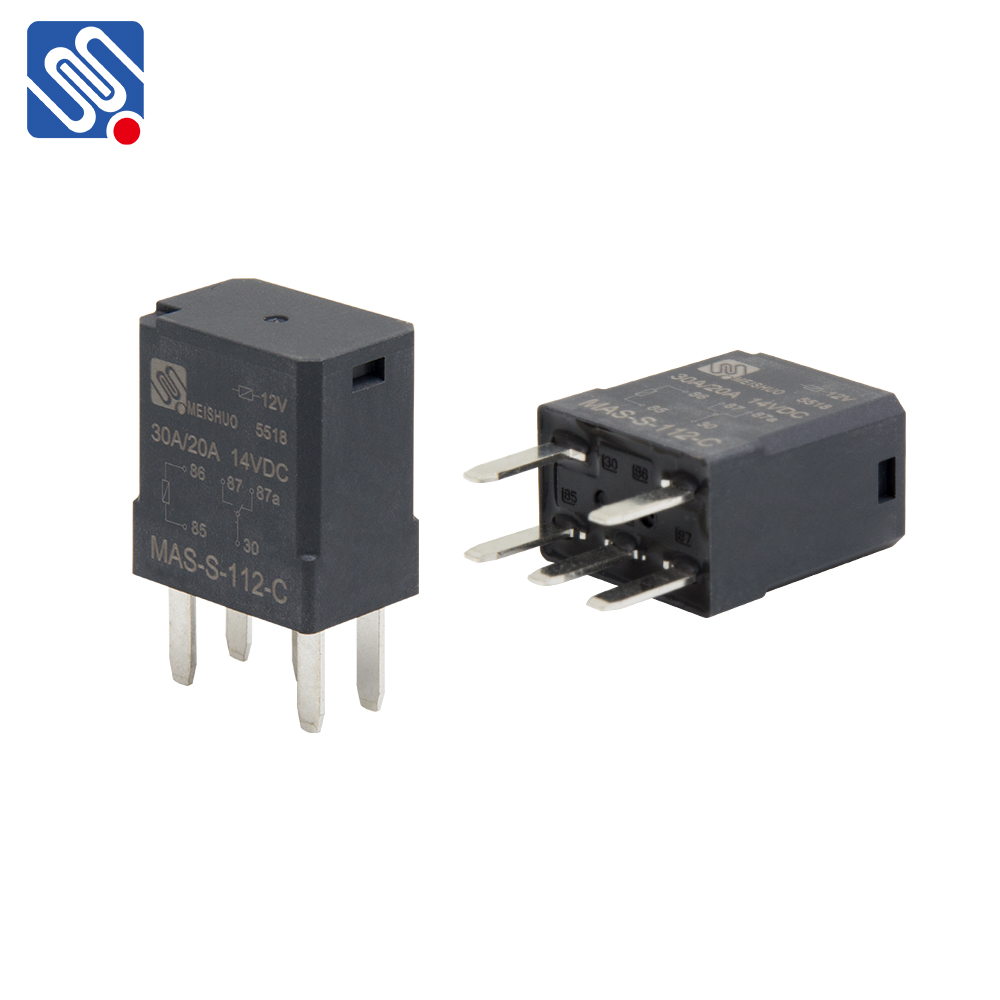Relay compatibility is an essential consideration when selecting relays for various applications, ranging from home automation systems to industrial machinery. A relay serves as an electrically operated switch that allows a low-power signal to control a high-power circuit, providing safe and efficient operation. To ensure reliable performance and long-term durability, understanding the factors that determine relay compatibility is crucial. This article will delve into the key aspects of relay compatibility, highlighting the most important elements to consider when integrating relays into different systems.

Voltage and Current Ratings One of the most critical factors to consider when assessing relay compatibility is the voltage and current ratings. Each relay is designed to handle specific voltage and current levels, both for the coil and the contacts. If the relay’s ratings do not match the electrical requirements of the device it is controlling, the relay may fail to operate correctly or could be damaged. For instance, a relay designed for 120V AC operation may not function properly if it is used in a 240V AC system. Similarly, if the relay is not rated to handle the current draw of the controlled circuit, it could lead to overheating, sparking, or even complete failure. Therefore, it is vital to match the relay’s voltage and current specifications to the electrical characteristics of the system it is intended to serve.